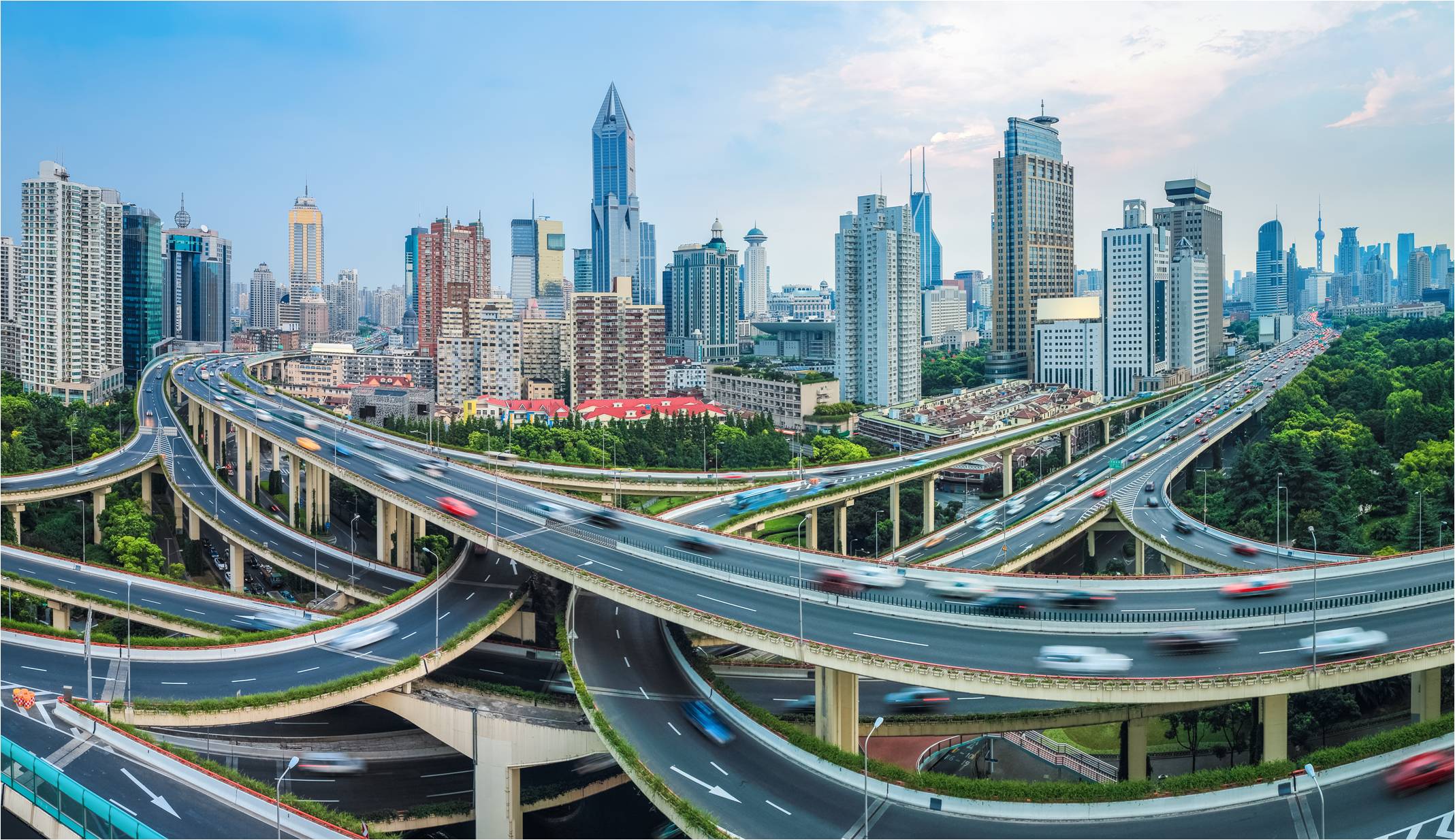
Siemens report urges cities to plan now for arrival of autonomous vehicles
The advent of connected and autonomous vehicles (CAV) has the potential to cause major and disruptive changes to cities worldwide, according to a report launched by Siemens.
The report, Cities in the Driving Seat stresses the need for cities to plan early and tackle the issue in a wider context of mobility transformations.
Launched recently at the World Cities Summit in Singapore, the study explores the interdependencies between urban development, public transportation policies, power supply, pollution and the increasing share of CAV in city traffic.
Lack of mid-term planning and delayed investments in infrastructure could create negative social, economic and environmental effects, the authors from Siemens’ Global Center of Competence Cities argue.
“Autonomous vehicles must be part of a wider transformation of urban areas. Cities need to ensure that they work towards putting people first – and not cars, or we risk repeating the mistakes of the past,” said Pete Daw, Urban Development and Environment Director, Siemens Global Center of Competence Cities.
“The future of our cities could look very different with the adoption of connected and autonomous vehicles and they could help shape future trends in climate change, air quality, public health and more,” he added.
The report provides insights into opportunities as well as risks for cities faced with the arrival of CAV. The study includes thought-leadership pieces from industry experts covering topics such as climate, health, accessibility, design and architecture.
In addition, the report describes the key benefits and potential risks of autonomous vehicles. It examines scenarios for adopting autonomous vehicles which illustrate how outcomes could differ significantly depending on how they are adopted.
The potential for CAV to bring transformative change is huge. The benefits include: First and last mile trips that will strengthen public transport; Reduction of noise, air pollution and greenhouse gas emissions; and a decrease of number of road fatalities and injuries;
Also expanded mobility access to the young, elderly, impaired and marginalised; Repurposing of land currently used for parking and roadways; and greater efficiencies and safety through the connection and communication of vehicles with city infrastructure.
However, without clear and thoughtful policies and regulations the arrival of CAV could result in negative consequences, such as: Continuation of effects of climate change if CAV are not regulated to be low or zero-carbon;
Also, no decrease in vehicle ownership if individuals prefer their own CAV instead of adopting a shared transport system; Unused CAV may cause congestion and require unnecessary parking space; Increase of vehicle miles travelled if individuals alter their commute from walking, cycling or taking public transport to using CAV.
To maximise the benefits of automation and of the introduction of CAV, the report recommends harnessing the advance of four transformations in unison: automation, electrification, digital connectivity and shared mobility.
Adopting mobility transformations in isolation could lead to adverse outcomes or detract from potential benefits. The study defines three possible scenarios to illustrate how outcomes could vary depending on the vision and policies that a city puts in place.
The strong city scenario assumes that shared mobility becomes the norm and private car ownership declines, that parking space is unlocked and retrofitted as schools, hospitals, and new housing units and that most vehicles are electric and powered by clean energy grids.
The business-as-usual scenario provides an outlook of future mobility that is not guided by a coherent vision or effective policies. The assumed revolutions in vehicle automation and electrification do not lift off at scale, and private usage remains the norm, little urban land is unlocked and only a minority of CAV are electric.
In the CAV-as-a-luxury-good scenario CAV remain an exclusive rarity, private car-ownership is the norm, shared vehicles and shared trips remain a niche concept and public transport usage decreases rapidly over time. Vehicles promote individual trips and still utilise internal combustion engines, causing more CO2 emissions than ever before.
